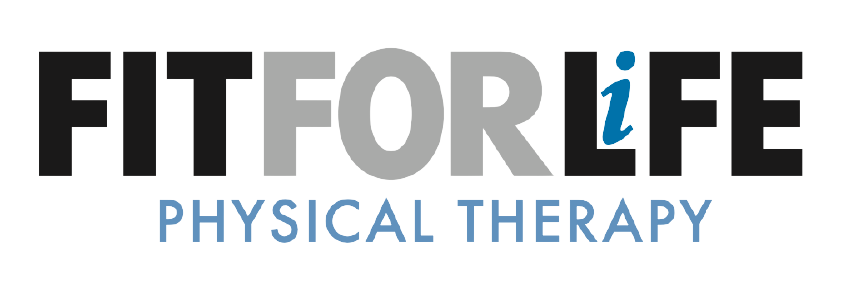Shin Splints: Recognition & Treatment
Christopher Lawson, PT, DPT
Fit For Life Physical Therapy
You have been increasing your weekly mileage or the intensity of your runs as you have been training for a marathon, half marathon, or gearing up for your cross-country season. You have started to have shin pain and are just hoping that it will go away on its own with time. However, it’s sticking around and now you are starting to worry that all the time and effort you have put into training will be for nothing. Does this sound familiar?
Shin splints, also known as medial tibial stress syndrome (MTSS) or anterior tibial stress syndrome (ATSS), is one of the most common over-use running injuries. In fact, it is estimated that up to 20% of runners will develop shin splint pain. This overuse injury involves generalized pain on the inside or outside border of the shin that is greater than 5cm and usually starts with running or walking and decreases or goes away throughout the run or walk. This condition is thought to be caused by excessive overload due to the impact of running in combination with pulling forces where the tibialis posterior or tibialis anterior muscles attach to the lower leg. This then causes inflammation around the shin bone.
What are common causes of shin splints?
Muscle imbalances with flexibility and/or strength in your hips, thighs, and lower legs
Training errors such as increasing weekly mileage or intensity too quickly
Poor running mechanics
Improper/worn out shoes
How can I manage shin splints in the short term?
Check in with a physician and/or Fit For Life Physical Therapy for a detailed plan to address the
muscle imbalances and build on your strength & flexibility
Reduce your weekly running mileage and supplement with low impact cross training
Stretching/foam rolling tight muscles regularly
Providing ice/elevation/compression to your legs after runs
What can I do to help prevent shin splints?
Maintain a strong and stable core, hips, and ankles with strengthening exercises at least three
days per week.
Train smart and do not increase mileage or intensity too quickly
Increase your cadence (see July 20, 2020 MIT Newsletter) closer to 180 steps/minute
Stretching/foam rolling tight muscles regularly
One more thing: pain in the shin region can have many other causes including a muscle strain, stress reaction, stress fracture, compartment syndrome, or even nerve entrapment. It is important to have a medical professional rule out more serious issues that may be going on if you have pinpoint pain that does not go away as you warm up on your run or walk. Some signs that may indicate something other than shin splints include:
Limping while walking or running
Constant pain at rest
Numbness or tingling
Small spot (less than 5cm) directly on the shin bone that is extremely painful to the touch
Need some guidance?
While these management and prevention techniques can help decrease pain and get you through
your next race, a visit with a physician and physical therapist can often help with this process.
These medical professionals, like Dr Bright & Fit For Life Physical Therapy can get to the root
of the problem with an individualized approach and help prevent future injuries.
Physical therapists can assess your running mechanics, determine muscle imbalances including
weak or tight muscles, make footwear recommendations, and get you started on a personalized exercise program to treat your specific impairments in order for you to be pain free and run or walk at your best.
Fit For Life Physical Therapy helps people of all activity levels prevent, recover from, or rehabilitate sports and orthopedic injuries. Help for active people - from OTHER active people.
Reach us by email at info@fitforlifephysicaltherapy.com, or call or text us at any of the phone numbers for our three convenient locations inside Fleet Feet/FrontRunner stores:
Polaris Location: 1270 East Powell Road Lewis Center, Ohio 43035 - 614-981-2065
Upper Arlington Location: 1344 West Lane Avenue, Columbus, Ohio 43221 - 614-981-1979
New Albany Location: 5792 North Hamilton Road, Columbus, Ohio 43230 - 614-581-7441


